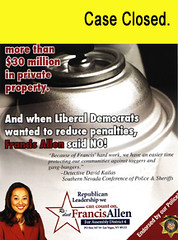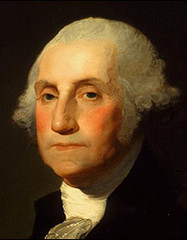
Marketing and communication has a way of being reinvented over and over again, with each new and unapologetic rendition billed as a break from a seemingly blind and rigid tradition. Except they're nothing of the sort. Despite keeping things feeling fresh, most reinvention is historical revisitation.
Take some of the recent discussion revolving under brands, with the key concept being that a brand must be agile, adaptable,...



































